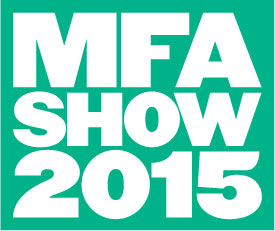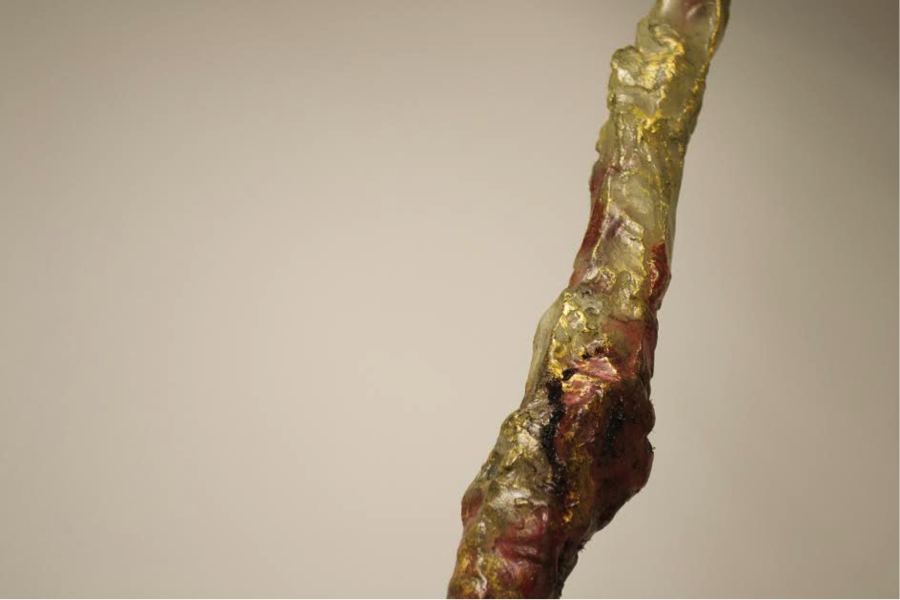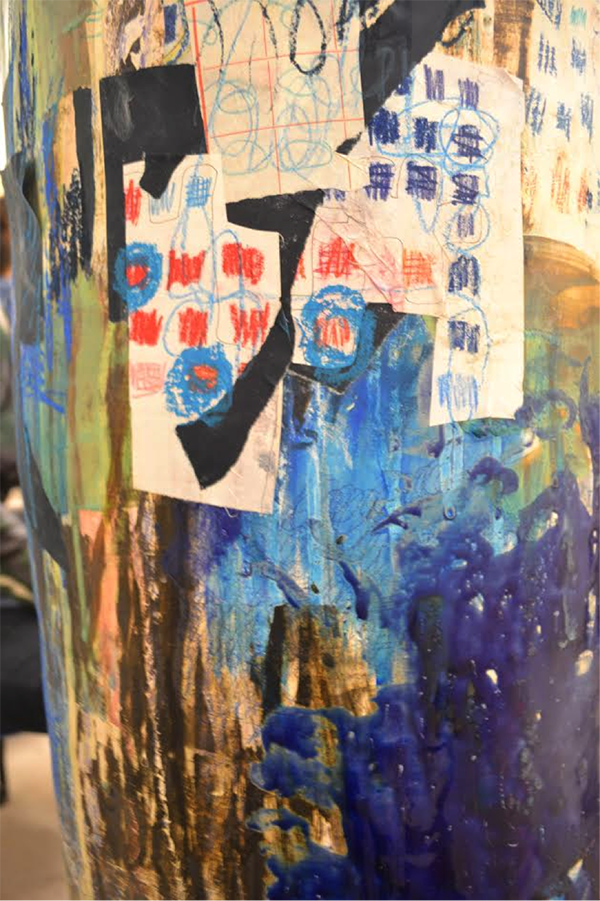One of the most exciting parts about being involved with the MFA Show is getting to watch artists’ ideas evolve and materialize. And one of the most challenging aspects of this process is dealing with logistical details or limitations when an artist’s work is still in flux. In a relatively fixed area like the Sullivan Galleries—with building quirks like unclean corners and exposed ventilation units—space for an exhibition of 103 artists is not easily negotiated. Whether conceptual dissonance or spatial factors like sound bleed or projector throw distance, artworks simply cannot be dropped into any random space in the gallery. For this reason, it is essential to be in continual conversation with artists so that the changing details of artworks harmoniously align with the realities of the flow of the exhibition and the Sullivan Galleries space.
Being attentive to the technical details of an artist’s work naturally relates to curatorial teams’ close attention to the conceptual details of the work as well. Studio visits offer an exciting opportunity both to observe and discuss artwork in process, before it evolves into its final form for the MFA Show. These conversations enable repeated encounters and the opportunity for the emergence of details, both conceptual and material:





